Powerful Protection from Payment to Delivery
Secure and Reliable Payment
Money Back Guarantee
Shipping and Delivery
After-Sales Service
Enter the order reference number received by email to check the status or make payment.
Frequently Asked Questions for DB9 Connectors
DB9 connectors are widely utilized in serial communication. This article aims to provide a comprehensive understanding of DB9 connector ports by defining their purpose and outlining the testing methodology. Additionally, it will delve into the intricacies of the DB9 port, offering a detailed exploration.
1 What is a DB9 connector?
What is a DB9 connector and what are the applications of DB9 female and male connectors?
Many individuals are unfamiliar with the concept of a DB9 connector. In reality, a DB9 connector is a widely used electrical connector that falls under the category of D-Sub connectors. The DB9 connector is the smallest variant within the D-Subminiature connector family, featuring 9 pin holes in the case of the DB9 female connector, and 9 pins for the DB9 male connector.
Furthermore, it is worth noting that the DB9 connector is actually a DE9 D-sub 9-pin connector, often incorrectly referred to as a "DB9" connector. The letter "E" in DE9 represents the size of the connector shell. To illustrate, when personal computers initially adopted the DE9 D-sub 9-pin connector for their serial and parallel ports, the DB25 connector was commonly used. However, due to a lack of awareness, the DE9 connector was often mislabeled as a DB9 connector, mistakenly employing the letter "B" to indicate the shell size. Consequently, it has become commonplace to market DE9 connectors as DB9 connectors, with DB9 now signifying a 9-pin connector with an E-sized shell.
2 Where are DB9 Connectors used?
DB9 connectors were previously used for computer video output and game controller ports, but newer interfaces have largely replaced them in these applications. These interfaces include HDMI, DisplayPort, and USB. However, it's worth noting that some older devices may still use DB9 connectors for these purposes.
In computer video output, DB9 connectors were commonly used for VGA (Video Graphics Array) connections. VGA was a popular video standard for many years, but it has been largely superseded by digital interfaces like HDMI and DisplayPort, which offer higher resolutions and better image quality.
Similarly, DB9 connectors were used for game controller ports in older gaming consoles and computers. However, modern gaming consoles and computers now typically use USB or wireless connections for game controllers.
Overall, while DB9 connectors were once widely used in computer video output and game controller ports, they have been largely replaced by newer interfaces in these applications.
3 How to Test the Quality of a Serial Port Cable
1. Conducting a Multimeter Test
To determine whether the two ends of the serial port cable are connected properly, you can use a multimeter to test the connectivity. Follow these steps:
- Set your multimeter to the continuity or resistance mode.
- Test pins 2, 3, and 5 of the cable. For the female connector, you will need to insert thin metal pins or resistance pins into the multimeter's probes to measure the female end effectively.
- For a straight connection, measure pins 2, 3, and 5 directly. For a crossover connection, measure pin 2 on one end to pin 3 on the other end, pin 3 to pin 2, and pin 5 to pin 5.
2. Testing with Serial Port Assistant
To perform a functional test using a serial port assistant, follow these steps:
- Connect the RXD (Receiver) pin to the TXD (Transmitter) pin and vice versa.
- Short-circuit pins 2 and 3 of the DB9 connector using the serial port assistant.
- Use the serial port assistant to send data.
- If the serial port is functioning correctly, you should be able to achieve self-transmitting and self-receiving capabilities.
By following these testing methods, you can assess the quality and functionality of your serial port cable.
4 Is the serial cable directly connected or crossed?
1. The serial port interface and connection method involve three types of headers: male-to-female, male-to-male, and female-to-female. These connection lines can be either straight or crossover, resulting in a total of six connection modes.
2. Direct connection and crossover connection serial cables are determined by the pairing of specific pins. For direct connection, pin 2 is connected to pin 2, pin 3 to pin 3, and pin 5 to pin 5. In contrast, crossover serial cables involve connecting pin 2 to pin 3, pin 3 to pin 2, and pin 5 to pin 5.
3. The reason for having both crossover and direct serial cables lies in the standard DB9 pin definitions. According to the standard, pin 2 is RXD (receive data) and pin 3 is TXD (transmit data). Some circuit designs may connect pin 2 to TXD and pin 3 to RXD in order to achieve a direct connection. However, if the transceiver and standard pin definitions are not reversed in the circuit design, a crossover cable must be used.
In general, when both ends of the cable are female, a crossover cable is used, while a straight cable is used when one end is male and the other is female. In terms of communication conditions, RXD is connected to TXD and TXD is connected to RXD, with the choice of crossover or direct connection depending on the circuit design. If only a straight cable is available, it can be modified into a crossover cable by cutting it and soldering the wires to connect pin 2 to pin 3, pin 3 to pin 2, and pin 5 to pin 5.
5 FAQ
1. Is DB9 and VGA the same?
The VGA connector can use a classic DB9 connector or (more commonly today) a DB15 style connector. The VGA connector (15 pin) is still widely used and while it was originally used to carry a 640 x 480 pixel format, it is now used to carry a variety of geometries including HDTV formats. VGA is an analog standard.
2. What does DB in DB9 stand for?
The DB in DB9 stands for "D-subminiature." It is a type of connector that is commonly used for serial communication.
3. What is a D-sub connector used for?
D-Sub connectors, including DB9 and DB15, are used for connecting external devices to a computer. They are an older method of connection, but some modern computers still contain them. These ports are gradually being replaced by more efficient connection technology, such as USB and Thunderbolt.
4. Is DB9 the same as RS232?
RS-232 is a signalling standard, and DB9 is a connector standard. Most cables that are intended to carry RS-232 signals have DB9 connectors, but some RS-232 cables have different connectors, and some cables for other signals have DB9 connectors.
5. What devices use DB9?
DB9 connectors were commonly used for serial peripheral devices like keyboards, mice, joysticks, etc. They were also used on DB9 cable assemblies for data connectivity. Today, the DB9 has mostly been replaced by more modern interfaces such as USB, PS/2, Firewire, and others.
6. What is DB9 connector used for?
The DB9 connector is mainly used in serial ports, allowing asynchronous data transmission according to the RS-232 standard (RS-232C). Note that there are DB9-DB25 adapters that easily convert a DB9 socket to DB25 and vice versa.
7. Can you connect DB9 to VGA?
Yes, it is possible to connect a DB9 connector to a VGA connector. This allows the DB9 style video output port on a desktop or laptop computer to connect to a VGA (HD15) style video input port on a monitor. An adapter is required for this connection.
8. On what type of cable would you find a DB9 connector?
A DB9 connector is commonly found on serial cables. For example, a 6ft DB9 Female to 3.5mm Serial Cable is a generic serial cable for devices. It has a stereo 3.5 mm Jack to DB9-F serial port. This cable can be used to transfer serial data back and forth from small devices like mobile phones.
9. Which pins on the DB9 connector are for communication?
Serial communication devices make use of either 9 or 25 pin D-type connectors for their cabled connections. The pins used for communication on a DB9 connector depend on the specific device and its wiring configuration.
10. What is the difference between DB25 and DB9 serial ports?
The main difference between DB25 and DB9 serial ports is the number of pins. DB9 has 9 pins, while DB25 has 25 pins. These ports were used for peripherals such as serial printers, mice, game controllers, and modems. They were commonly referred to as RS-232 ports or COM ports. Serial ports are relatively slow and were mainly used for devices like mice and modems in the past.
Recent Posts


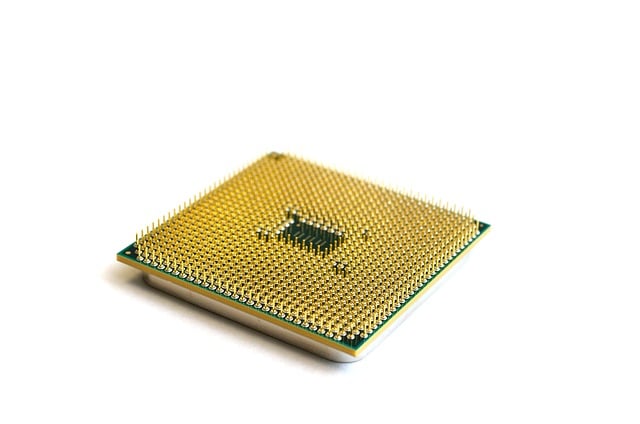
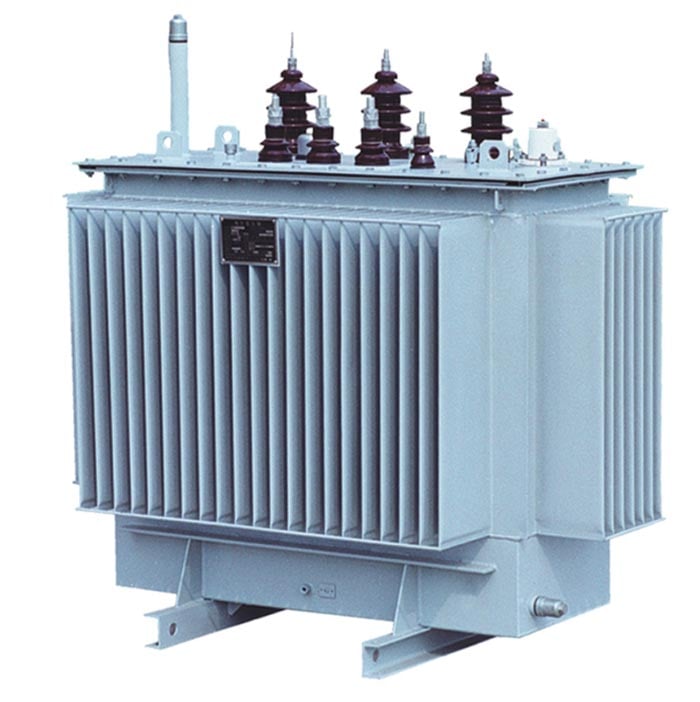
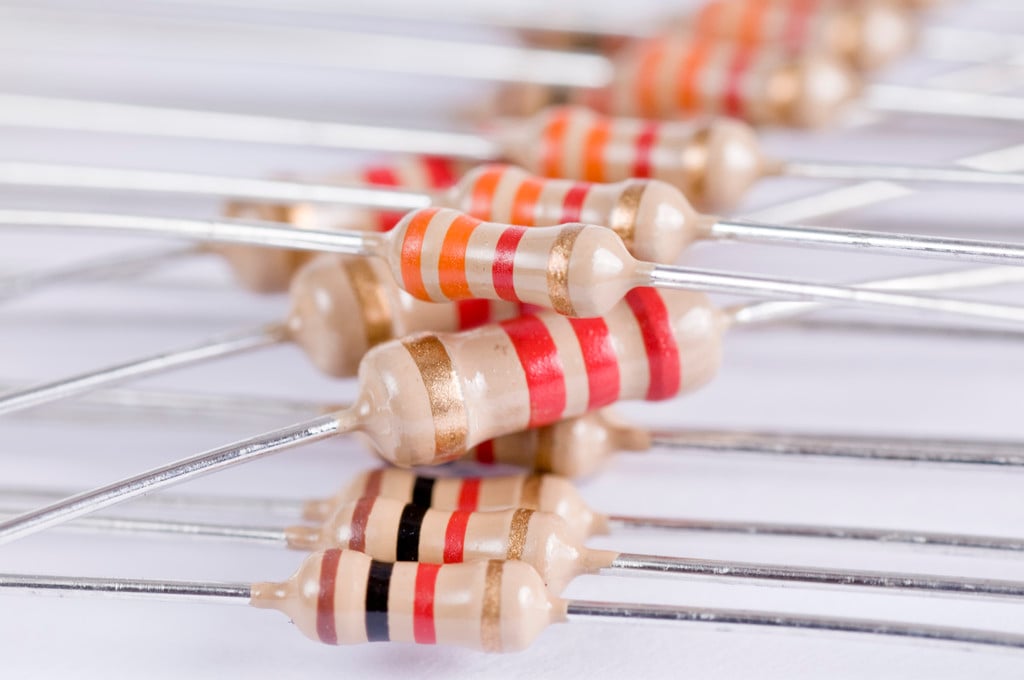
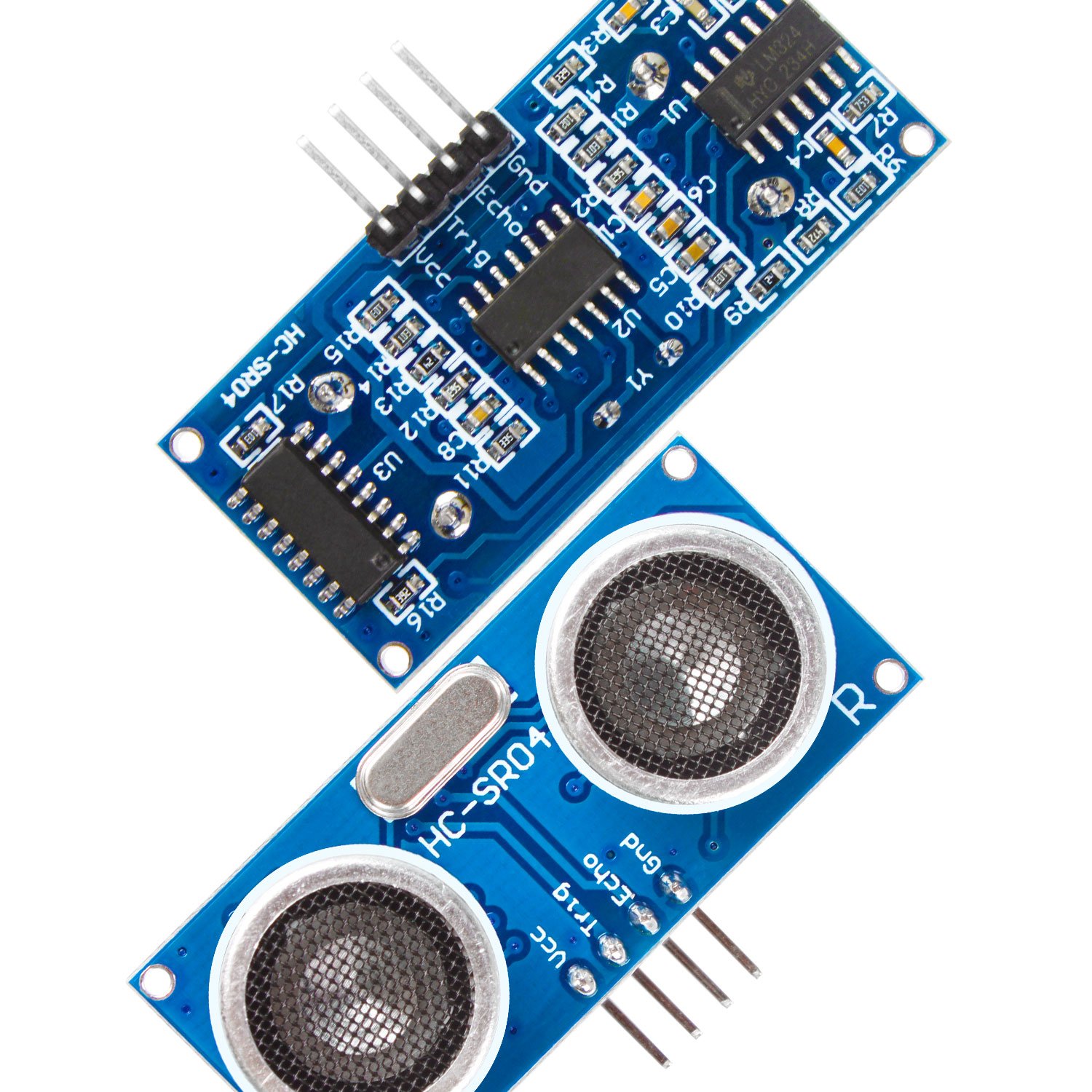
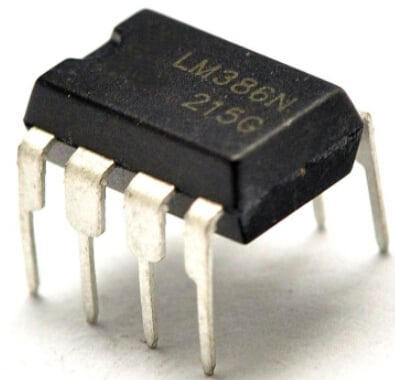

Company
About UsContact UsTerms & ConditionsPrivacy StatementPayment,Shipping & InvoiceRefund & Return PolicyWarranty PolicyFrequently asked questionHolidays for Chinese Mid-Autumn Festival and National Day in 2023


















